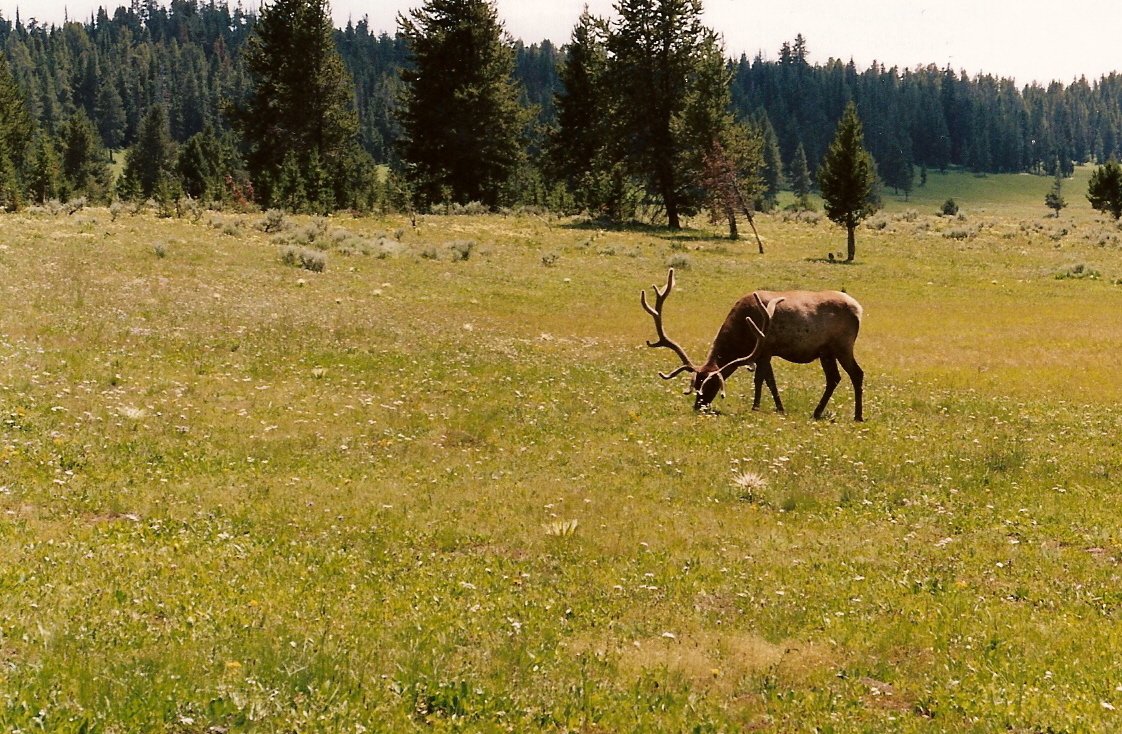By: Tyler Muhly
I must admit I’ve never blogged before, and the majority of my writing experience is of the technical kind, so please bear with me here.
It’s not hard to imagine how humans influence the behaviour of other wildlife species. Human hunting has occurred for centuries, and human activities on the planet are only increasing in their amount and complexity. What about here in Alberta? How do activities like hunting affect the behaviour of wildlife in this province? Some collaborators and I, led by Simone Ciuti at the University of Alberta, wanted to find out more, specifically about how elk (Cervus elaphus) behaviourally responded to hunting pressure.
We put satellite telemetry collars on 45 2-year-old male elk and 77 2 to 19-year-old female elk in southwest Alberta and compared movement behaviour of elk that were killed during the hunting season compared to elk that were not. This was done as part a major collaborative research program in southwest Alberta called the Montane Elk Project. This ambitious program funded by Shell Canada and the Natural Sciences and Engineering Research Council set out to study the effects of human activity on multiple wildlife species.
Interestingly, we did find a difference between killed and surviving elk. Elk that eventually wound up on dinner tables tended to run around more on the landscape, even when close to roads and on the weekend; places and time periods with more hunters on the landscape. On the other hand, survivors tended to avoid open areas and decrease their movement rates. We also found that older female elk tended to have slower movement rates than younger females, especially compared to younger females that were harvested. Our results suggested that elk could broadly be categorised as either “bold runners” or “shy hiders”, with shy hiders having an advantage in hunting zones. Furthermore, our results suggest that older females might adopt a shy hider strategy or young female bold runners were selected against.
While human hunting is not new, wildlife are increasingly being influenced by human activities in the environment. These influences may ultimately favour shy over bold personalities in animals. Unintentional selection by humans for shy behaviours could have implications for how animals trade-off between multiple environmental pressures, including food and predation risk.
We plan to continue our work studying how elk behave and select habitat in response to humans, including in areas where hunting is not allowed (i.e., Waterton Lakes National Park). We also plan to explore whether shy vs. bold behaviours are evident in large carnivore species (e.g., wolves, cougars and grizzly bears).
Contact Tyler Muhly for more information.

